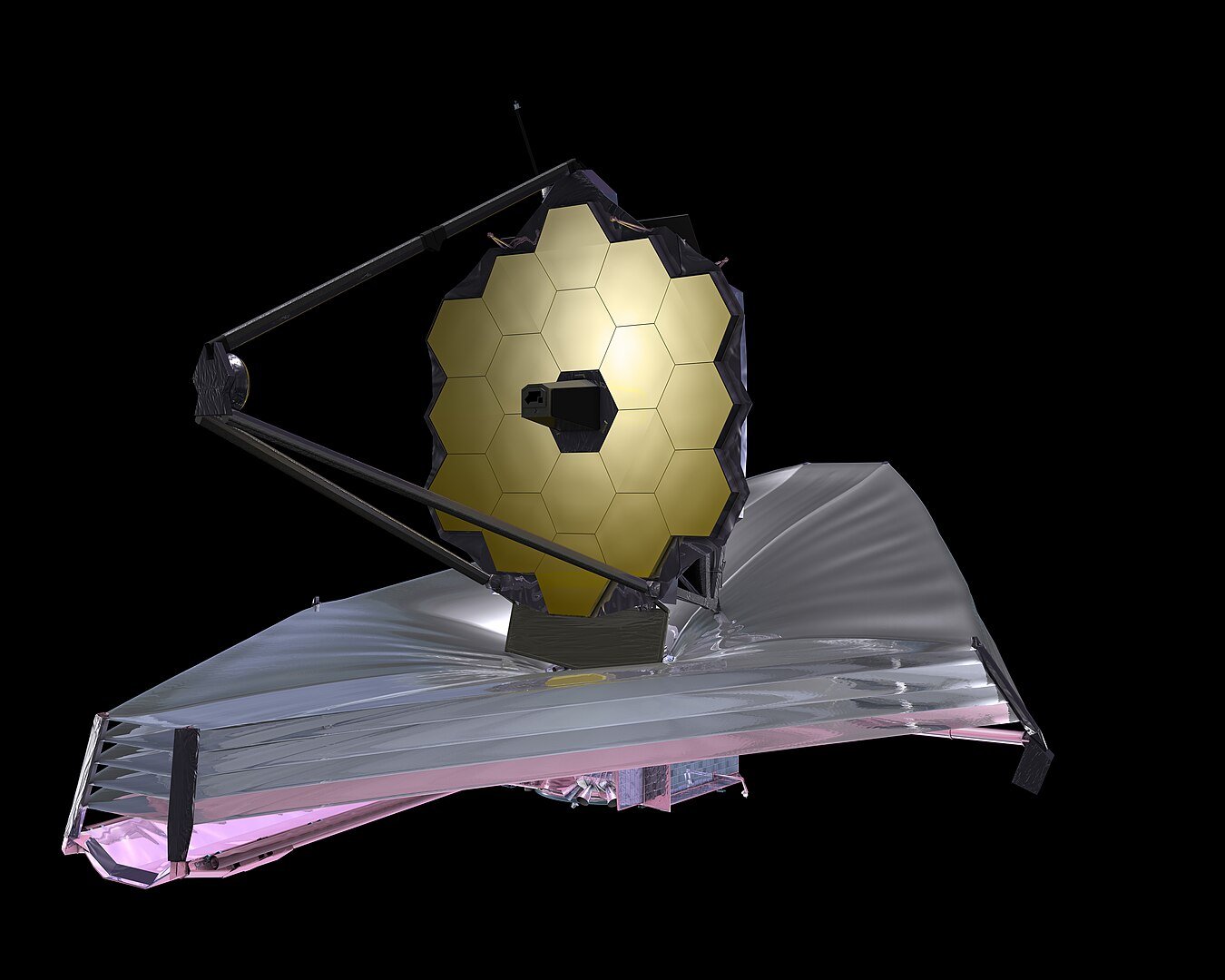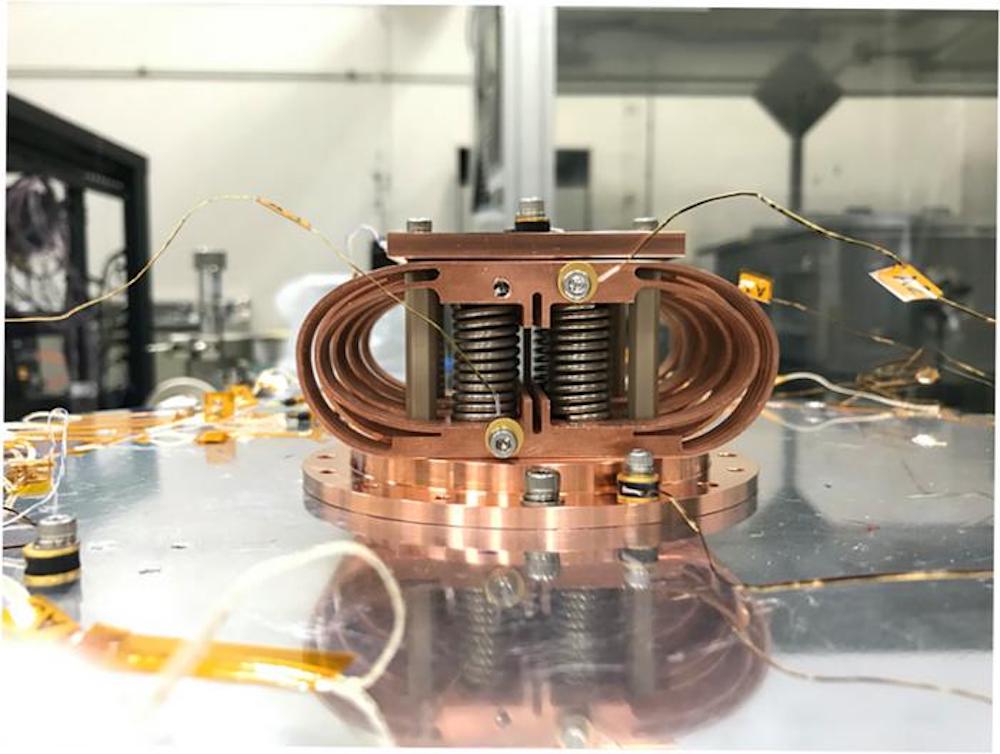A team of scientists have developed a new material that could transform how we build equipment for space missions and other extremely cold environments. This new copper based alloy maintains its unique “shape memory” properties even at temperatures as cold as -200°C.
Shape memory alloys are fascinating materials that act like mechanical memory foam. When cold, they can be bent and twisted into different shapes. But when heated, they “remember” their original form and snap back to it automatically. This remarkable property makes them incredibly useful for creating actuators that convert energy into movement in machines.
An old school example of an actuator converting energy into movement inside a DVD drive with leadscrew and stepper motor. (Credit : Baran Ivo)
A great way to think about this concept is to imagine a thermostat in your home that automatically adjusts based on temperature, or the mechanisms in spacecraft that need to move and adjust without human intervention. These applications rely on materials that can respond predictably to temperature changes.
Until now, shape memory alloys faced a major limitation in extreme cold. The most common type, made from nickel and titanium, stops working properly below -20°C. A few could function at temperatures below -100°C but they weren’t practical for real world applications.
This created a real challenge for space technology, where equipment regularly faces temperatures well below -100°C. Space telescopes, satellites, and other instruments need reliable moving parts that can function in the harsh cold of space.
 Artist impression of the James Webb Space Telescope that operates in temperatures as cold as -223°C (Credit : NASA)
Artist impression of the James Webb Space Telescope that operates in temperatures as cold as -223°C (Credit : NASA)
The research team from multiple Japanese institutions, including Tohoku University and the Japan Aerospace Exploration Agency (JAXA), has developed the new copper-aluminum-manganese alloy that maintains its shape memory properties at extremely low temperatures. They successfully tested their alloy at -170°C, demonstrating that it could effectively control heat transfer by switching between contact and non-contact states. This represents a major advance in materials science.
“We were very happy when we saw that it worked at -170°C, other shape memory alloys simply can’t do this” – Toshihiro Omori from Tohoku University.
The researchers built a prototype mechanical heat switch using their new alloy. This device can automatically control heat flow based on temperature changes. They found that the alloy’s operating temperature can be fine tuned by adjusting its composition, making it adaptable for different applications. This flexibility could prove invaluable for designing equipment for various space missions with different thermal requirements.
The simplicity and reliability of mechanical systems using this alloy could make future space missions far more dependable while reducing the complexity and the weight of spacecraft systems. As space exploration expands and we venture to increasingly more challenging environments, materials like this new alloy will be essential for building the reliable equipment needed for mission success.
Source : New cryogenic shape memory alloy designed for outer space
